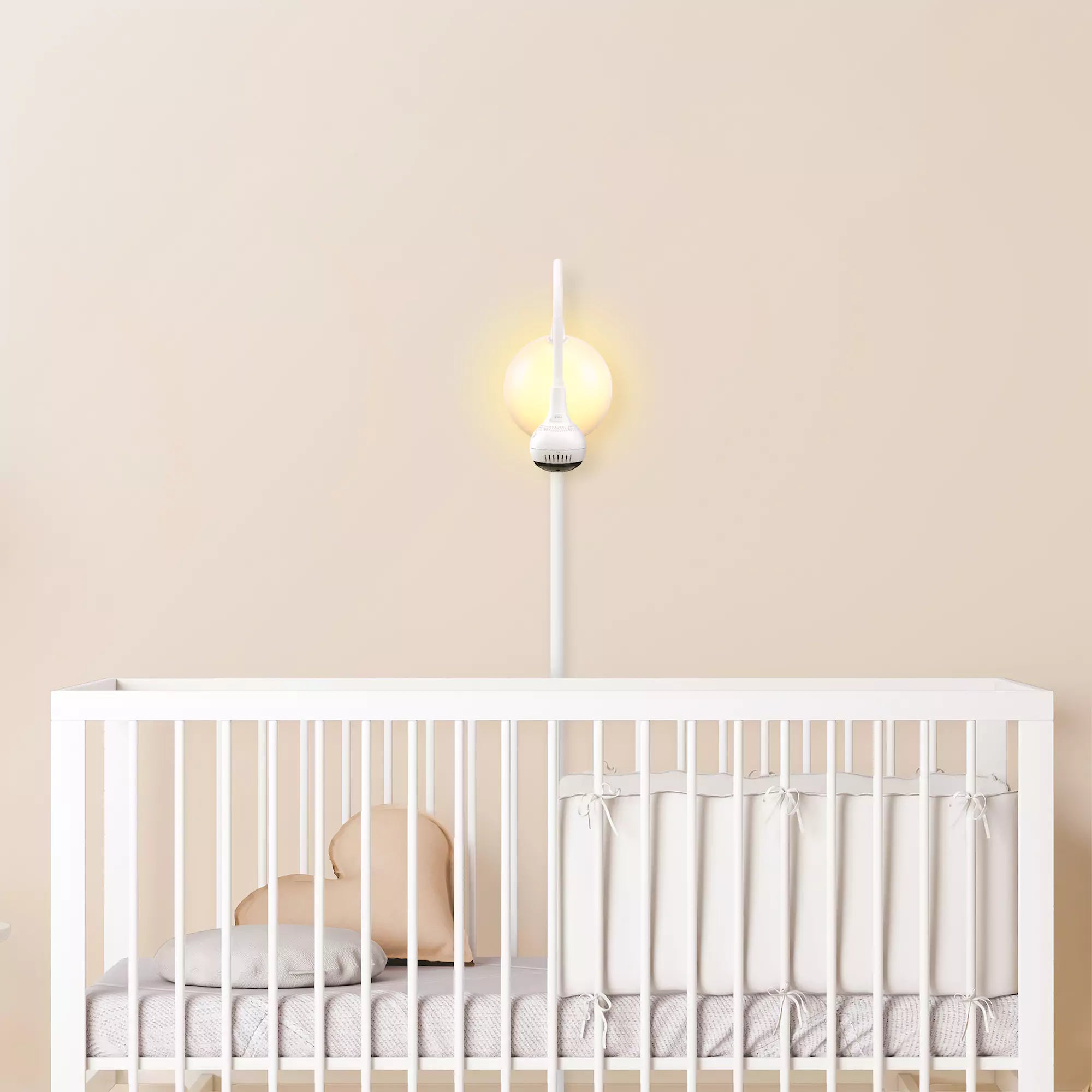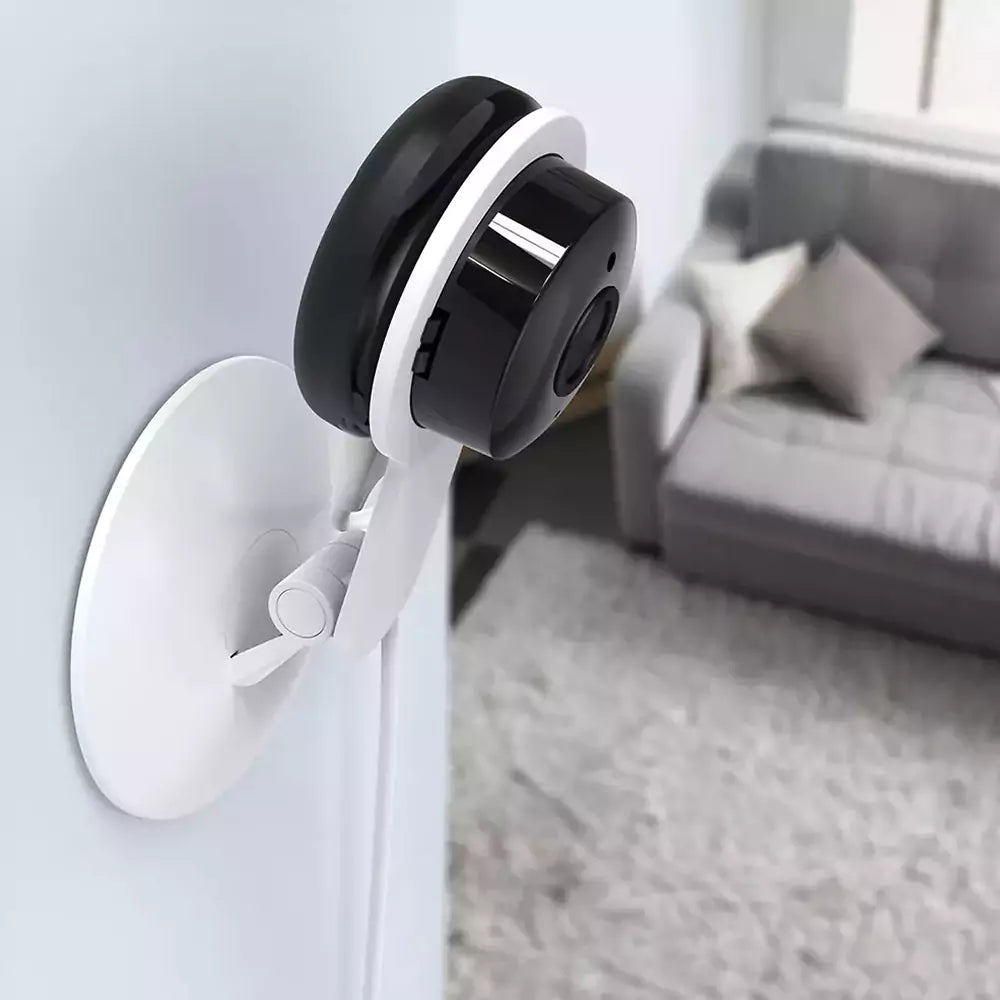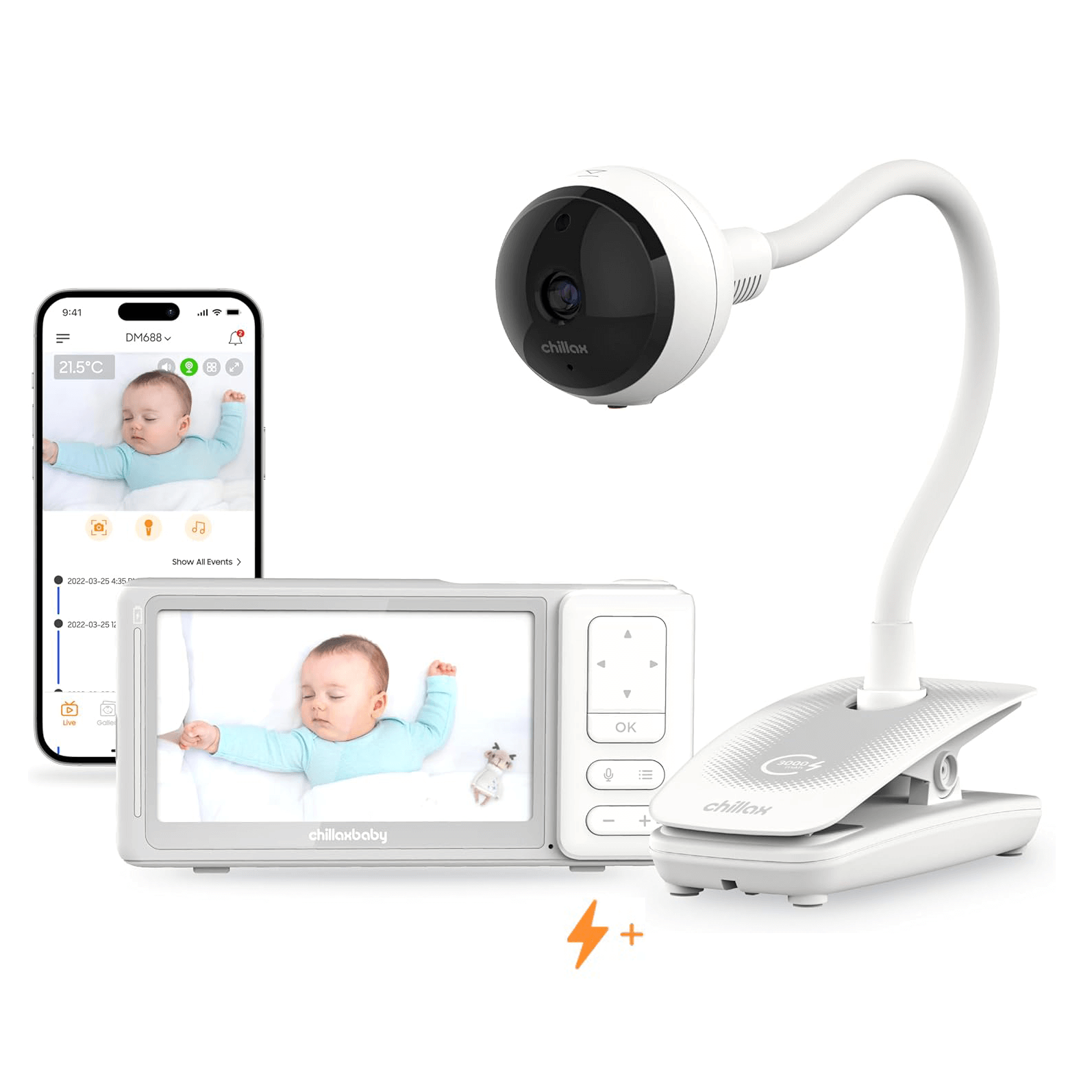As a new parent, one of the biggest challenges you may face is getting your baby to sleep. You may have heard of the 40-second trick to put a baby to sleep or have invested in the perfect sleep sack, but your baby still only seems to sleep when held. This can be frustrating and exhausting for parents, but rest assured, you are not alone. In this article, we will explore the reasons why your baby may only sleep when held and provide tips on how to help your baby sleep better. We will also delve into the science behind baby sleep patterns and how understanding these can help you better manage your baby's sleep habits.
Understanding Baby Sleep
Before we dive into the reasons why your baby may only sleep when held, it is important to understand the basics of baby sleep. Newborns typically sleep for 16-18 hours a day, but their sleep is not continuous like adults. They have shorter sleep cycles and spend more time in the REM (rapid eye movement) stage of sleep. This means they are more easily disturbed and may wake up frequently. As babies grow, their sleep patterns change, and they start to sleep for longer stretches at night.
Understanding your baby's sleep patterns can help you better manage their sleep habits. For instance, knowing that your baby spends more time in the REM stage of sleep can help you understand why they may wake up frequently. It can also help you anticipate when your baby may wake up, allowing you to plan your day accordingly. Furthermore, understanding that your baby's sleep patterns will change as they grow can help you prepare for these changes and adjust your baby's sleep routine as needed. Alternatively, you may also want to look into using the Ferber Method for sleep training.
Reasons Why Your Baby Only Sleeps When Held
There are several reasons why your baby may only sleep when held. Let's take a look at some of the most common ones:
Need for Comfort and Security
Babies are used to being in the womb, where they feel safe and secure. When they are born, they are suddenly in a new and unfamiliar environment. Being held closely mimics the feeling of being in the womb, providing comfort and security for your baby. This is why many babies prefer to sleep in their parents' arms.
In addition to providing comfort and security, being held can also help your baby feel loved and cared for. This can help them develop a strong bond with you, which can be beneficial for their emotional development. Furthermore, being held can also help your baby feel more relaxed, which can make it easier for them to fall asleep.
Need for Physical Contact
Babies are born with a strong need for physical contact. They crave the warmth and touch of their parents, which helps them feel loved and secure. When your baby is held, they can feel your heartbeat, smell your scent, and hear your voice, which can be soothing and help them fall asleep.
Physical contact is not just comforting for babies, it is also essential for their development. Studies have shown that physical contact can help babies regulate their body temperature, heart rate, and stress levels. It can also stimulate their brain development and boost their immune system. Therefore, holding your baby not only helps them sleep, but also contributes to their overall health and well-being.
Need for Movement
Babies are used to constant movement in the womb, and this continues after they are born. The gentle swaying and rocking motion of being held can be very calming for babies and help them fall asleep. This is why many parents resort to rocking or bouncing their baby to sleep.
Movement can also help stimulate your baby's senses and promote their physical development. For instance, the rocking motion can help develop your baby's balance and coordination. It can also help soothe your baby and reduce their stress levels, making it easier for them to fall asleep.
Need for Feeding
Babies have small stomachs and need to eat frequently. This means they may wake up often to feed, especially in the first few months. When your baby is held, they may associate it with feeding and feel more relaxed and content, making it easier for them to fall asleep.
Feeding your baby while holding them can also help strengthen your bond with them. It can provide a comforting and nurturing experience for your baby, which can help them feel more secure and loved. Furthermore, it can help your baby associate feeding with positive emotions, which can make feeding times more enjoyable for both you and your baby.
Need for Attention
Babies thrive on attention and love from their parents. When they are held, they have your undivided attention, which can be very comforting for them. This is especially true for babies who may not get enough attention during the day due to busy schedules or other siblings.
Giving your baby attention while holding them can also help stimulate their brain development. It can provide them with the opportunity to interact with you and learn from your facial expressions and voice. This can help your baby develop their social and communication skills, which are essential for their overall development.
Tips to Help Your Baby Sleep Better
Now that we understand why your baby may only sleep when held, let's look at some tips to help your baby sleep better:
Establish a Bedtime Routine
Babies thrive on routine, and having a consistent bedtime routine can help them understand that it is time to sleep. This can include a warm bath, a bedtime story, or a lullaby. A routine can also help your baby feel more relaxed and calm, making it easier for them to fall asleep.
Establishing a bedtime routine can also provide a sense of predictability and security for your baby. Knowing what to expect can help reduce your baby's anxiety and make bedtime a more enjoyable experience. Furthermore, a consistent routine can help regulate your baby's body clock, making it easier for them to fall asleep and wake up at the same times each day.
Create a Comfortable Sleep Environment
Babies are sensitive to their surroundings, and a comfortable sleep environment can make a big difference in their sleep. Make sure the room is dark enough yet still soothing, quiet, and at a comfortable temperature. Consider using a white noise machine to drown out any outside noises that may disturb your baby's sleep. Our Baby Mood Pro is a great option for monitoring your child while providing all of the benefits mentioned above.
Creating a comfortable sleep environment can also help your baby associate their sleep space with positive emotions. This can make it easier for them to fall asleep and stay asleep. Furthermore, a comfortable sleep environment can help promote your baby's overall health and well-being, as good quality sleep is essential for their growth and development.
Try Different Sleeping Positions
Some babies may prefer to sleep on their stomachs, while others may prefer to sleep on their backs. Experiment with different sleeping positions to see what works best for your baby. You can also try using a baby swing or a baby carrier to provide the gentle movement your baby may need to fall asleep.
Trying different sleeping positions can also help prevent flat head syndrome, a condition that can occur when a baby spends too much time in one position. It can also help your baby develop their motor skills, as different positions can provide different types of stimulation. Furthermore, trying different sleeping positions can help you find the one that is most comfortable for your baby, making it easier for them to fall asleep and stay asleep.
Use a Sleep Sack
A sleep sack can provide a sense of security and comfort for your baby. It also helps regulate their body temperature, ensuring they are not too hot or too cold while sleeping. Make sure to choose the right size for your baby to ensure a comfortable fit.
Using a sleep sack can also help reduce the risk of SIDS (Sudden Infant Death Syndrome), as it can prevent your baby from covering their face with blankets or other bedding. It can also make nighttime diaper changes easier, as you do not need to undress your baby completely. Furthermore, a sleep sack can provide a familiar and comforting environment for your baby, which can help them sleep better.
Practice Safe Co-Sleeping
If your baby only sleeps when held, you may consider practicing safe co-sleeping. This means having your baby sleep in the same room as you, but in a separate crib or bassinet. This way, your baby can still feel close to you, but you can also get some rest.
Practicing safe co-sleeping can also provide a sense of security and comfort for your baby. It can help them feel more connected to you, which can be beneficial for their emotional development. Furthermore, co-sleeping can make nighttime feedings and diaper changes easier, as you do not need to leave your room to attend to your baby.
Seek Help if Needed
If your baby's sleep habits are causing you distress or affecting your daily life, do not hesitate to seek help. Talk to your pediatrician or a sleep specialist for advice and support. Remember, every baby is different, and what works for one may not work for another.
Seeking help can also provide you with the reassurance and support you may need during this challenging time. It can provide you with the opportunity to learn from experts and gain new insights into your baby's sleep habits. Furthermore, seeking help can help you feel more confident and capable as a parent, which can be beneficial for both you and your baby.
Conclusion
In conclusion, it is perfectly normal for babies to only sleep when held, especially in the first few months. They are adjusting to a new world and need the comfort and security of their parents. However, with patience and the right techniques, you can help your baby sleep better. Remember to take care of yourself as well, and seek help if needed. Before you know it, your baby will be sleeping through the night, and you will have a well-rested and happy baby.













